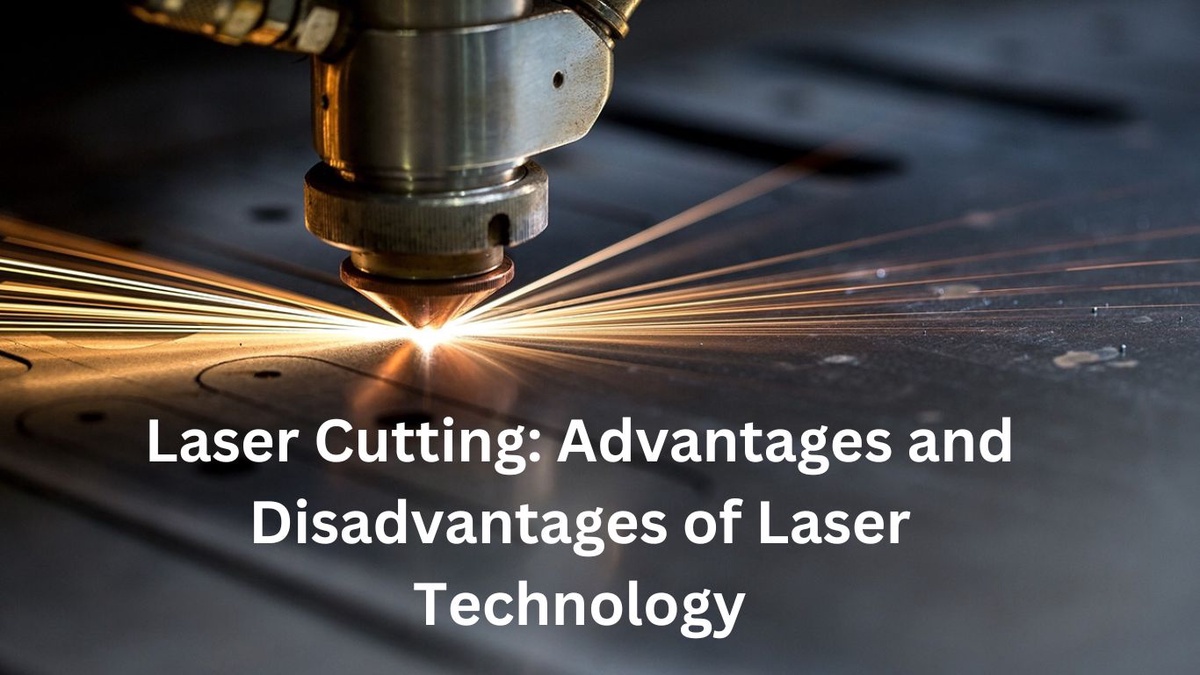Laser cutting is a method of cutting materials, typically metal or plastic, using a laser beam to melt, burn, or vaporize the material in a very precise and controlled manner. The laser beam is generated by a laser source (such as a laser diode or a CO2 laser), and is directed at the material to be cut through a series of mirrors and lenses. The laser beam is focused to a very small spot, typically a few thousandths of an inch in diameter, which creates a high-intensity heat source capable of melting, burning, or vaporizing the material.
The main advantage of laser cutting technology is its precision and accuracy. Laser cutting machine can produce very clean and accurate cuts, with tolerances of a few thousandths of an inch. The process is also fast and efficient, as the laser beam can move quickly over the material and make multiple cuts at the same time. Additionally, laser cutting is highly versatile, as it can be used to cut a wide range of materials, including metals, plastics, and even some types of wood and paper.
However, there are also some disadvantages to laser cutting technology. One disadvantage is the cost of the equipment, which can be quite high. Additionally, laser cutting is not well-suited for cutting thicker materials, as it can take longer and require multiple passes to cut through the material. Finally, laser cutting can also be hazardous, as the intense heat generated by the laser beam can cause fires and produce dangerous fumes, so it is important to follow proper safety procedures when using this technology.
Laser cutting technology is a highly precise and efficient method for cutting materials, with a wide range of applications in industries such as metalworking, aerospace, and electronics manufacturing. However, it also has some limitations, including high costs and potential safety hazards, which must be considered when deciding whether or not to use this technology.
Here are a few more details about laser cutting technology:
Materials:
Laser cutting technology is capable of cutting a wide variety of materials, including metals such as steel, aluminum, and brass, as well as plastic materials like acrylic and polycarbonate. The choice of material will affect the laser cutting process, as different materials have different melting points and thermal properties.
Power:
The laser-cutting process requires a high-power laser beam to generate enough heat to melt or vaporize the material. The power of the laser beam is typically measured in watts, and can range from a few hundred watts for small, low-power systems to tens of thousands of watts for large, industrial-scale systems.
Control:
Laser cutting technology is highly precise and accurate, and the cutting process is controlled using a computer numerical control (CNC) system. The CNC system is programmed with the desired cutting pattern, and the laser beam is directed to follow the pattern precisely. The CNC system can also be used to adjust the laser cutting parameters, such as the power of the laser beam and the speed at which it moves over the material.
Industrial Applications:
Laser cutting technology has a wide range of industrial applications, including metalworking, aerospace manufacturing, and electronics manufacturing. In metalworking, laser cutting is used to produce metal parts for products such as automotive parts, machinery, and consumer goods. In aerospace manufacturing, laser cutting is used to produce precise parts for aircraft and spacecraft. In electronics manufacturing, laser cutting is used to produce precise cuts in materials such as printed circuit boards.
Safety:
Laser-cutting technology can be hazardous, as the intense heat generated by the laser beam can cause fires and produce dangerous fumes. It is important to follow proper safety procedures when using laser cutting technology, such as wearing protective gear, properly ventilating the workspace, and using fire-suppressant materials.
In conclusion,
Laser cutting technology is a precise, efficient, and versatile method for cutting materials. It has a wide range of applications in industries such as metalworking, aerospace manufacturing, and electronics manufacturing, and is capable of cutting a variety of materials including metals and plastics. While laser cutting has many advantages, such as high precision and accuracy, it also has some limitations, including high costs and potential safety hazards. When deciding whether or not to use laser cutting technology, it is important to carefully consider the specific requirements of the project, as well as the advantages and disadvantages of this technology.
Understanding laser cutting advantages and disadvantages will help you make the best choice for your project. Moreover, you can always contact ADK Engineering & Solutions for help with your laser cutting services.


Comments (1)